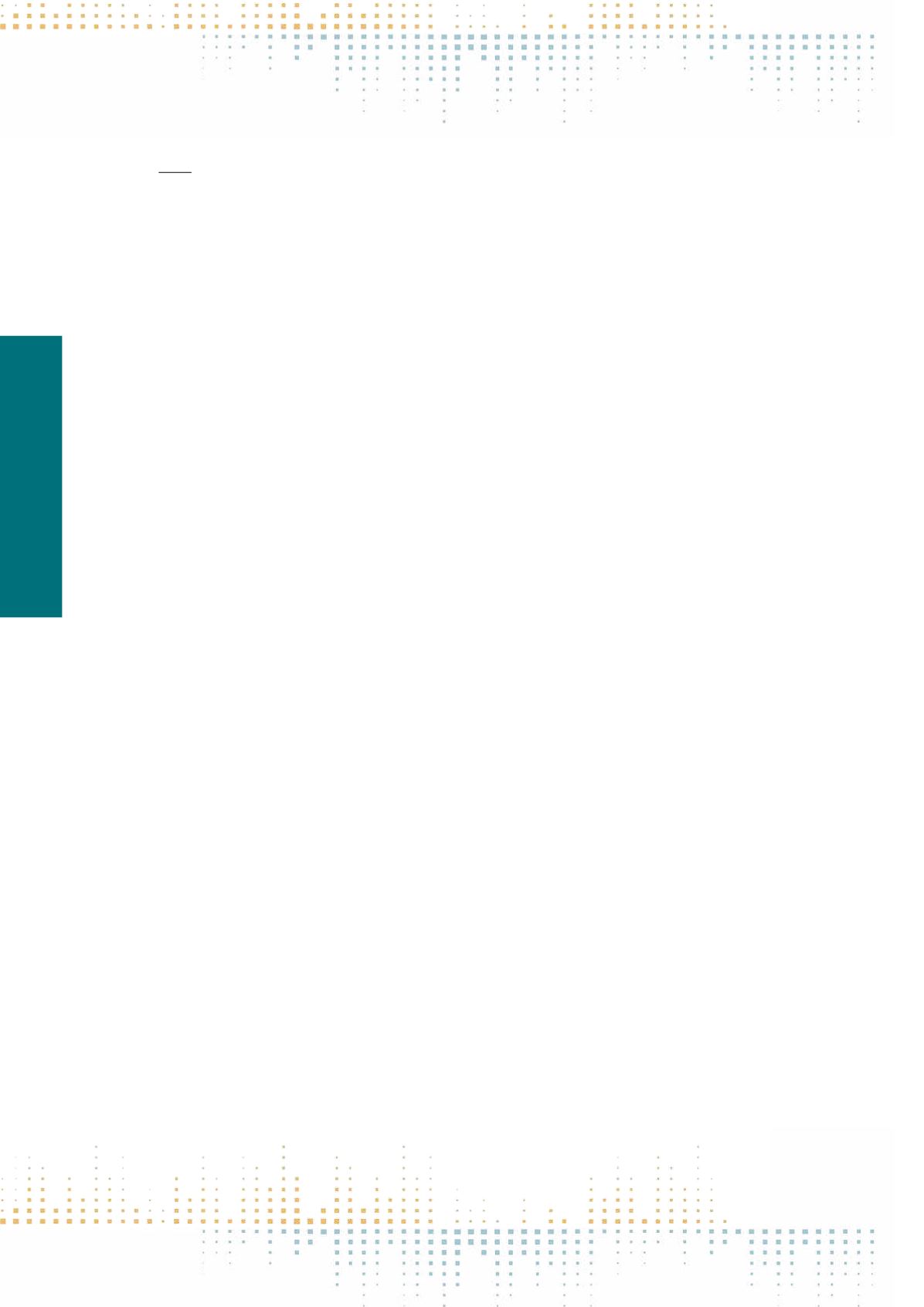

406
Saturday, November 12
0 9 : 0 0 – 1 0 : 3 0
PP 533
If It Bleeds, It Leads? A Qualitative, Multiple-Media Study of Picture Editors' Decisions (Not) to Publish Graphic News Images
J. Mast
1
1
Vrije Universiteit Brussel VUB, Applied Linguistics, Brussels, Belgium
This study looks into the factors that shape mainstream news media’s decisions regarding the selection and presentation of graphic images of death and
tragedy. While some empirical studies of graphic news photography exist, few approach the topic from the perspective of the editors who engage in such
deliberations on a day-to-day basis. Moreover, referring to gatekeeping theory, other authors, like Schwalbe et al. (2015), have pointed out how the selec‑
tion of visual content has been underexamined compared to text-based gatekeeping processes. Our central research question is set against the proliferation
of UGC, which through its proximity values confronts newsrooms with more graphic material and urges editors to consider prevalent norms of decency
and taste and to confront ethical dilemmas between the ‘public’s right to know’, and respect for human dignity. Furthermore, critics have pointed out that
news coverage saturated with graphic pictures has an “anaesthetizing” effect, turning extreme sights into a banality and inducing a “compassion fatigue”
(Moeller 1999; Sontag 1977). So, it has been argued that moral judgment, objectivity, and context - "a professional sanction or code of conduct" (Taylor,
2000) - act as markers of distinction in a networked media environment where traditional news institutions coexist with so-called‘produsers’(Bruns, 2009;
Andén-Papadopoulos & Pantti, 2013). Indications that the restraint of professional journalists wanes as sensitive content already circulates online, is, there‑
fore, a matter of concern (Pantti & Bakker 2009). Another question is how the near unlimited space that online media offer, their immediacy values, and
multilayered and interactive nature, affect selection practices. Finally, critical positions have also problematized the idea that (greater) measures of restraint
relate to the (higher) geographical and cultural proximity of crisis situations and victims (Sontag 1977, 2003). Our study is based on semi-structured, in-
depth interviews with picture editors at all major news media in Flanders, Belgium. More specifically, we interviewed (online) picture editors of three elite
newspapers, two popular dailies, two regional newspapers, a free daily newspaper, and the public broadcaster and main commercial television station.
The interview transcripts were subjected to a thematic content analysis using a standard coding scheme comprised of the main themes of the topic guide,
including notions of the proximity thesis, breakfast table check and compassion fatigue, perceived impact of the circulation of UGC, and medium-related dif‑
ferences. Building on Shoemaker & Reeses’‘hierarchy-of-influences’-model (1996), and Pantti & Andén-Papadopoulos’(2013) ‘resistance’, ‘resignation’and
‘renewal’repertoires, our analysis elaborates how deliberations on whether or not to publish graphic images, and if so, how to present them, are informed
by factors at the levels both of the individual picture editor (e.g. idiosyncratic vision, personal experiences); professional and medium-specific routines;
news organization or ‘brand’ (e.g. public/commercial, elite/popular, local, free media); extra-media (e.g. advertiser and audience sensitivities); and ideol‑
ogy (e.g., notions of image(-saturated) culture, Orientalism). Moreover, what emerges from the analysis is that, elements of ‘resignation’notwithstanding,
picture editors engage in boundary work, strongly reaffirming mainstream



















